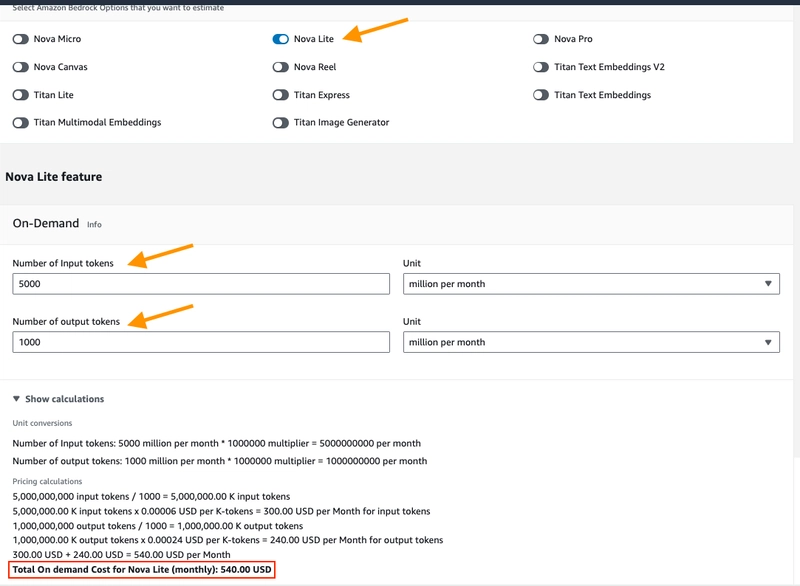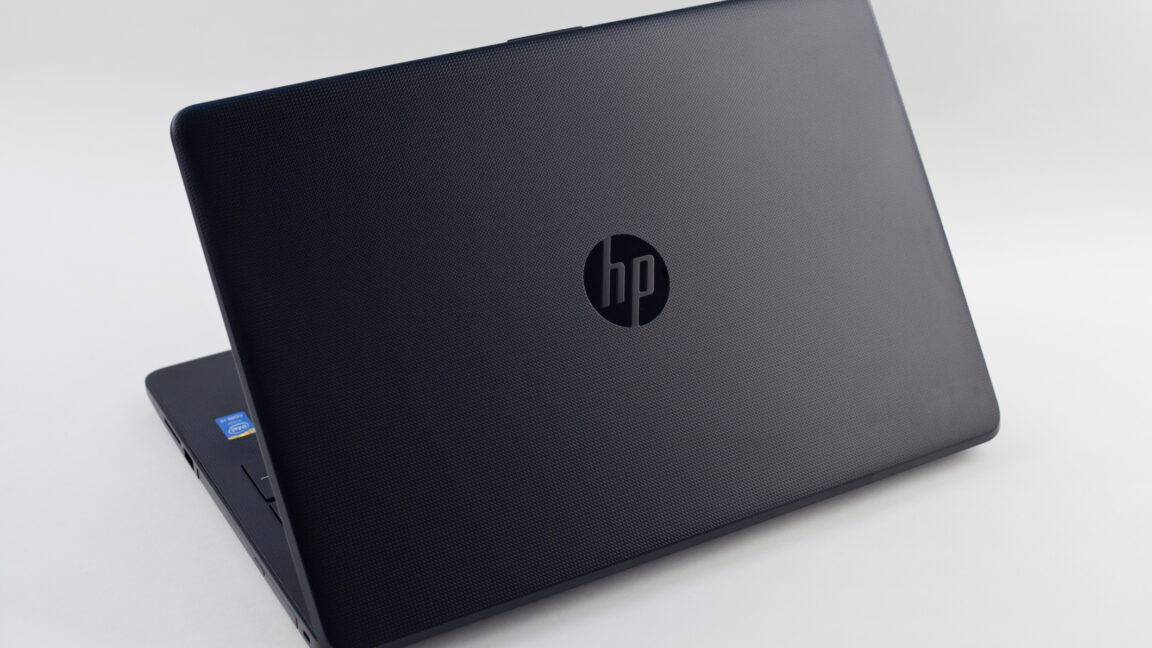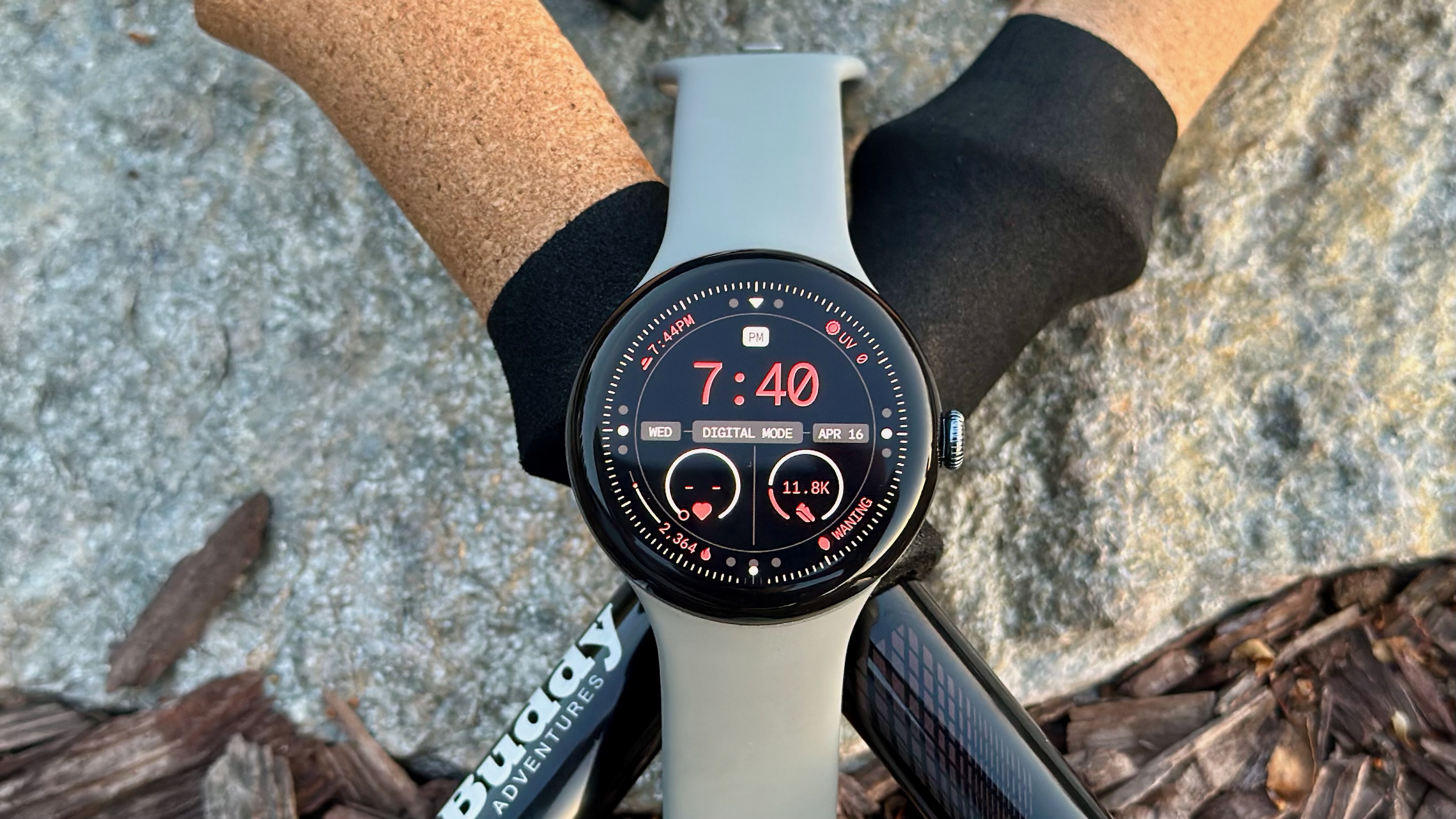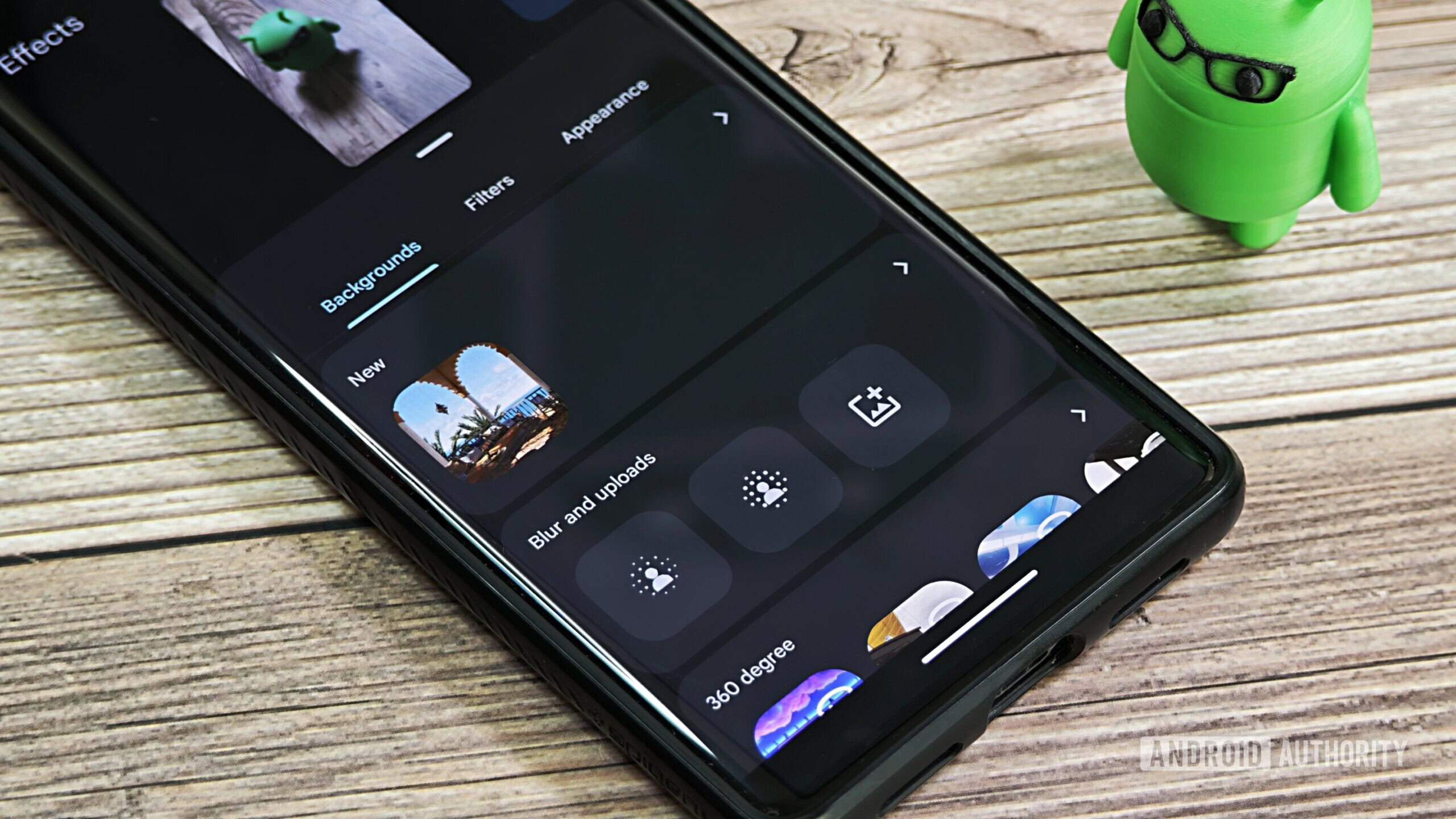5 mistakes to avoid when buying a PC case
Many PC enthusiasts focus on the hardware components like the GPU and processor, but they often overlook the importance of a good PC case. Many times, enthusiasts pick the cheapest option to save money. However, this decision can lead to problems down the road like poor build quality and limited airflow. To help avoid these issues, we’ll walk you through the aspects you should consider when buying a PC case. We’ll also highlight top cases at various price points. 1. Size and form factor are a must First of all, make sure you get a case that can fit all of the components. The form factor determines whether your mainboard will fit into the case. The most common options are ATX, Micro-ATX, and Mini-ITX. There’s also XL-ATX and E-ATX, which are slightly larger than ATX but are rarely used in gaming PCs. Large cases often also support small form factors, but the reverse is, of course, difficult. If you try to fit a big custom RTX 5080 into a mini-ITX case, for example, you will quickly realize that it won’t fit. So you also need to make sure that the case has enough space for all the components like the graphics cards, AIOs, fans, and power supplies. Let’s take a look at the usual case sizes. There are big towers, midi towers, mini towers, and ITX. Big towers offer the most space; all standard motherboard sizes fit in here, and often XL-ATX and/or E-ATX are also supported. With these cases, you have plenty of space for components and cable management. Midi towers are somewhat smaller; ATX boards still fit in there, but not always E-ATX. Mini-towers are more compact; only Micro-ATX and smaller will fit, and ITX systems will logically only fit ITX. 2. Do all the components fit? To check which components will fit in your PC case, you can take a look at PC Part Picker–you’ll find all the relevant information listed there. If you’re looking for a midi tower, for example, you can see all the sorting options directly. By selecting a specific case, you can check the “Motherboard form factor” section to see what it accommodates. Everything up to E-ATX fits, but you also need to consider three additional components: Power supply unit, CPU cooler, and graphics cards. In this case, we have an ATX power supply unit, i.e., the standard size. Please note: ATX power supply units have different depths. For compact builds, there are SFX and SFX-L power supplies. You should also check the maximum size of your CPU fan and graphics card. For the CPU fan, it’s about the height, i.e., how far the fan protrudes from the mainboard. As for the GPU, it’s the length measured from the slot bracket. You can also see how much space your case still has and how the case is constructed. This information is usually available from PC Part Picker, but if not, you will have to look on the manufacturer’s website. Fortunately, if you toss all your desired components into the website, it’ll warn you if there are any compatibility concerns. 3. Airflow, fan, AIO Getting a decent airflow isn’t rocket science, but finding the right housing for it isn’t easy and there are a few traps you shouldn’t fall into. Our recommendation? Keep it simple. Manufacturers like to come up with the fanciest “cooling solutions,” but these quickly backfire. The principle is relatively simple. You need to get as much cold air into the housing as possible and then get warm air out again. The easiest way to do this is with a mesh front, which are perforated grilles. If you’re using an air cooler for your CPU, a mesh front is highly recommended. As a rule, two to three fans fit in there; you have a decent air throughput, and the cold air is directed straight at the GPU and the CPU cooler. Add a fan at the back that blows air out, and you have an overpressure system that is completely sufficient for most configs. Some cases also have fans pre-installed, which you can also check at Geizhals. Here you can also see which fans are compatible at which point in the case. For example, the front of a case may fit either one 140 fan, two 140 fans, or three 120 fans. If a fan is not labeled “optional,” then it’s already pre-installed. There are other ways to create a good airflow. With an AIO, i.e., an all-in-one solution, everything looks entirely different again. We first have to see which radiators fit into the housing. At Geizhals, you can also see which radiator sizes can be placed where. In the Corsair case (see picture above), everything up to 360 millimeters fits at the front, top, and right. At the back, where the single fan is usually located, a 120 mm AIO would also fit instead. With an AIO, a mesh front is no longer so important, unless you want to put the radiator right there. Nevertheless, your components should not get too hot, so you need a proper airflow in the housing even with an AIO. However, it’s no longer important that this is orientated towards the CPU, so you should be a little more creative about where yo

Many PC enthusiasts focus on the hardware components like the GPU and processor, but they often overlook the importance of a good PC case. Many times, enthusiasts pick the cheapest option to save money. However, this decision can lead to problems down the road like poor build quality and limited airflow.
To help avoid these issues, we’ll walk you through the aspects you should consider when buying a PC case. We’ll also highlight top cases at various price points.
1. Size and form factor are a must
First of all, make sure you get a case that can fit all of the components. The form factor determines whether your mainboard will fit into the case. The most common options are ATX, Micro-ATX, and Mini-ITX. There’s also XL-ATX and E-ATX, which are slightly larger than ATX but are rarely used in gaming PCs.
Large cases often also support small form factors, but the reverse is, of course, difficult. If you try to fit a big custom RTX 5080 into a mini-ITX case, for example, you will quickly realize that it won’t fit. So you also need to make sure that the case has enough space for all the components like the graphics cards, AIOs, fans, and power supplies.
Let’s take a look at the usual case sizes. There are big towers, midi towers, mini towers, and ITX. Big towers offer the most space; all standard motherboard sizes fit in here, and often XL-ATX and/or E-ATX are also supported. With these cases, you have plenty of space for components and cable management.
Midi towers are somewhat smaller; ATX boards still fit in there, but not always E-ATX. Mini-towers are more compact; only Micro-ATX and smaller will fit, and ITX systems will logically only fit ITX.
2. Do all the components fit?
To check which components will fit in your PC case, you can take a look at PC Part Picker–you’ll find all the relevant information listed there. If you’re looking for a midi tower, for example, you can see all the sorting options directly.
By selecting a specific case, you can check the “Motherboard form factor” section to see what it accommodates. Everything up to E-ATX fits, but you also need to consider three additional components: Power supply unit, CPU cooler, and graphics cards.
In this case, we have an ATX power supply unit, i.e., the standard size. Please note: ATX power supply units have different depths. For compact builds, there are SFX and SFX-L power supplies. You should also check the maximum size of your CPU fan and graphics card. For the CPU fan, it’s about the height, i.e., how far the fan protrudes from the mainboard. As for the GPU, it’s the length measured from the slot bracket.
You can also see how much space your case still has and how the case is constructed. This information is usually available from PC Part Picker, but if not, you will have to look on the manufacturer’s website. Fortunately, if you toss all your desired components into the website, it’ll warn you if there are any compatibility concerns.
3. Airflow, fan, AIO
Getting a decent airflow isn’t rocket science, but finding the right housing for it isn’t easy and there are a few traps you shouldn’t fall into. Our recommendation? Keep it simple. Manufacturers like to come up with the fanciest “cooling solutions,” but these quickly backfire.
The principle is relatively simple. You need to get as much cold air into the housing as possible and then get warm air out again. The easiest way to do this is with a mesh front, which are perforated grilles. If you’re using an air cooler for your CPU, a mesh front is highly recommended. As a rule, two to three fans fit in there; you have a decent air throughput, and the cold air is directed straight at the GPU and the CPU cooler. Add a fan at the back that blows air out, and you have an overpressure system that is completely sufficient for most configs.
Some cases also have fans pre-installed, which you can also check at Geizhals. Here you can also see which fans are compatible at which point in the case. For example, the front of a case may fit either one 140 fan, two 140 fans, or three 120 fans. If a fan is not labeled “optional,” then it’s already pre-installed.
There are other ways to create a good airflow. With an AIO, i.e., an all-in-one solution, everything looks entirely different again. We first have to see which radiators fit into the housing. At Geizhals, you can also see which radiator sizes can be placed where.
In the Corsair case (see picture above), everything up to 360 millimeters fits at the front, top, and right. At the back, where the single fan is usually located, a 120 mm AIO would also fit instead. With an AIO, a mesh front is no longer so important, unless you want to put the radiator right there.
Nevertheless, your components should not get too hot, so you need a proper airflow in the housing even with an AIO. However, it’s no longer important that this is orientated towards the CPU, so you should be a little more creative about where you place the fans–this is especially true for big and midi towers. However, if you’re building a compact system, you should think more about the cooling and perhaps watch a few tutorial videos.
4. Connections and equipment
Many people don’t pay too much attention to the connections and features when buying a case, but that’s a big mistake! There are usually USB-A, headphones, perhaps a microphone, or USB-C ports on the outside of the case. However, you should also check the exact USB standards. In addition, not all cases have front ports, which can be important.
In terms of features, as previously mentioned, you should pay attention to the presence (or absence) of pre-installed fans. You should also consider how many SSDs and hard drives you want to install. Although gaming PCs hardly need hard drives anymore, many still use at least one 2.5-inch SSD. Again, you can check Geizhals to see how much space is available, usually under “Internal.”
Mini tip: Cable management
Before we come to the last point, a few words about cable management. It’s difficult to tell from Geizhals how suitable a case is for cable management. You should therefore take a close look at the available product images. Pay attention to whether there are enough cable feed-throughs and whether there is enough depth at the rear for all the cables. If you have shortlisted an enclosure, take a look at a few videos.
5. Quality and price
Finally, let’s talk about price. How much should you spend on a decent enclosure? A decent case doesn’t have to be expensive, as many of them come equipped with all the important connections and quality fans. But a $40 case is usually made of very thin materials and may not be as well-built as a pricier one.
Ultimately, the case has to fit your budget. Sure, you can put together a $2,500 PC and pack it into a cheap case, but it might not look good. As a general rule, aim to spend about five to 10 percent of your budget on the case. So, for a $1,000 PC, you should look for cases in the $50-$100 range.
This is just a rough guideline, though. There are always affordable or more premium options out there. You can also look out for a sale or add cases to your wishlist for future purchases.
Our recommendations
Here are our recommendations for each price range:
- Endorfy Ventum 200 Air, midi tower, four pre-installed fans without RGB, glass window, dust filter, good cable routing, $67.95 at Amazon
- Corsair Frame 4000D, midi tower, good airflow, only two fans pre-installed without RBG, $109.99 at Amazon
- Be Quiet Light Base 900, big tower, double glass wall, removable feet, comes with four pre-installed fans, $189.90 at Amazon












































































































































































![[The AI Show Episode 144]: ChatGPT’s New Memory, Shopify CEO’s Leaked “AI First” Memo, Google Cloud Next Releases, o3 and o4-mini Coming Soon & Llama 4’s Rocky Launch](https://www.marketingaiinstitute.com/hubfs/ep%20144%20cover.png)








































































































































































































![GrandChase tier list of the best characters available [April 2025]](https://media.pocketgamer.com/artwork/na-33057-1637756796/grandchase-ios-android-3rd-anniversary.jpg?#)












































.png?width=1920&height=1920&fit=bounds&quality=70&format=jpg&auto=webp#)

























.webp?#)































































































![Here’s everything new in Android 16 Beta 4 [Gallery]](https://i0.wp.com/9to5google.com/wp-content/uploads/sites/4/2024/11/Android-16-logo-top-down.jpg?resize=1200%2C628&quality=82&strip=all&ssl=1)











![New Beats USB-C Charging Cables Now Available on Amazon [Video]](https://www.iclarified.com/images/news/97060/97060/97060-640.jpg)

![Apple M4 13-inch iPad Pro On Sale for $200 Off [Deal]](https://www.iclarified.com/images/news/97056/97056/97056-640.jpg)


































































































































